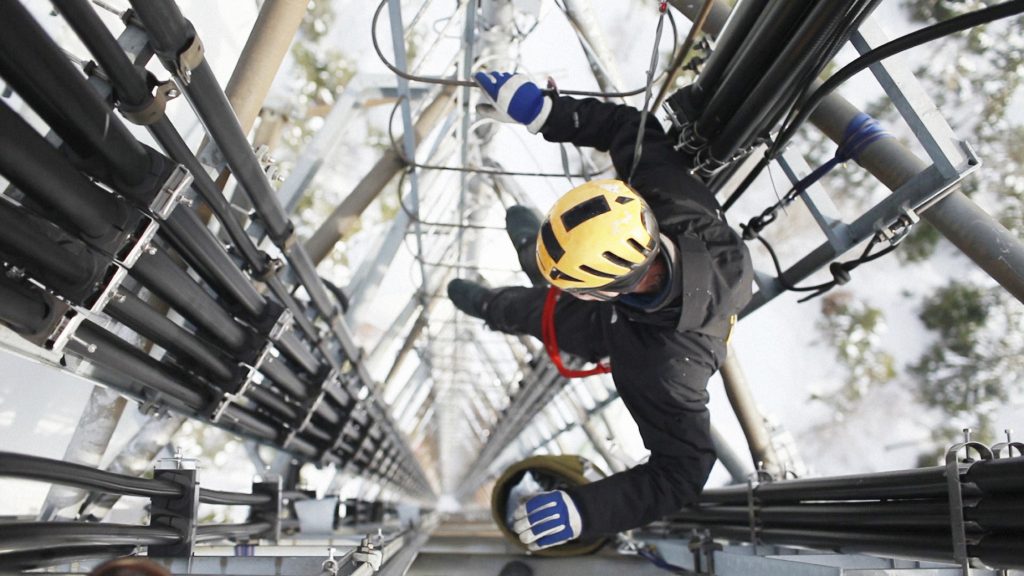Working outdoors in harsh weather conditions can leave workers susceptible to illness like hypothermia. Due to the long-term effects and potential fatalities of cold illnesses, a few prevention tips could save safe a life:
Dress the Part: Avoid Cotton and Goose Down
Clothing is the single most important resource to keep you warm. Once wet, cotton and goose down actually make you feel colder. Dressing in loose-fitting layers is essential. The layers trap heat easily and allow you to adjust your clothing as your activities change throughout the day. It’s important to wear enough layers to keep you warm but not enough to the point where you are sweating.
Fuel Your Body
Working outdoors requires your body to produce heat to keep you warm. Due to extreme temperatures, recommended calorie intake for winter work is 4,000 to 5,000 calories a day. Spread these calories out steadily over the course of the day.
Hydration is also extremely important in winter work. Four liters a day of water should be consumed.
The Buddy System: Looking for Signs of Hypothermia
If someone in your group has been shivering, they may have mild hypothermia. Know how to look for the signs of hypothermia and what to do if a group member shows these symptoms.
Hypothermia is easily treated when it is mild – hot food and hydration is key. Extra layers can help raise the body temperature.
Working outdoors in the wintertime can be a great experience, just make sure you’re dressed properly, have adequate food, and keep an eye on your team members.
Source: Workplace Safety North

